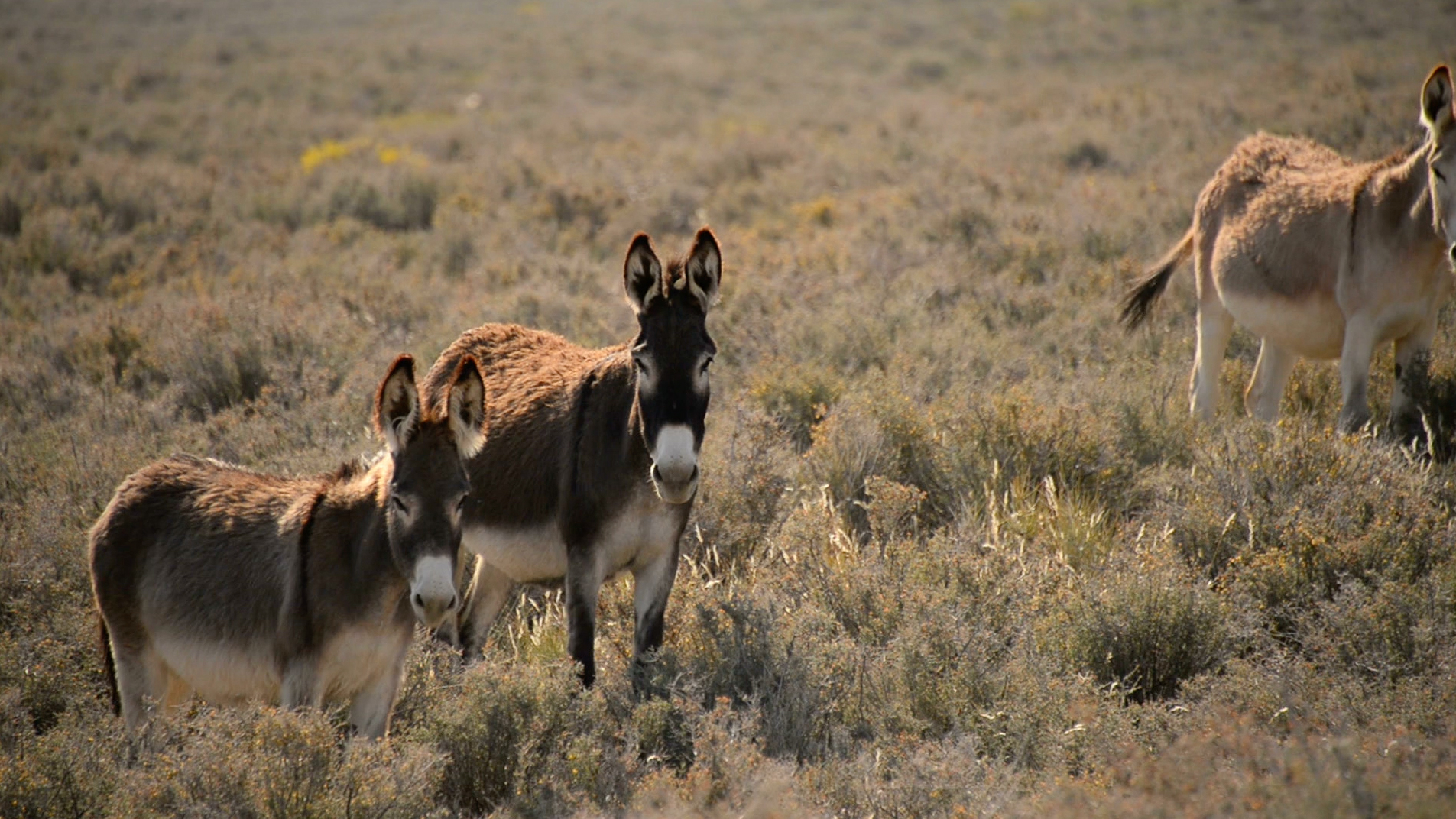What to Know
- An investigation is ongoing into the deaths of five burros that were found in July at a California national park.
- Burros survive in Death Valley’s brutal temperatures since they can go five days without water.
- The National Park Service described burros in California as invasive, but self-proclaimed enthusiasts say otherwise and are dedicated to protecting them.
The illegal shooting of five burros found dead in Death Valley National Park marked the latest chapter in a prolonged controversy over how to best manage the animals' ever-expanding population.
The burros were found dead on July 10 in the Lower Wildrose area of the park about 200 miles north of Los Angeles. The investigation into who killed the burros is ongoing, but reaction to the discovery highlighted a long-running dispute involving researchers, government officials and burro advocates.
Burros, or wild donkeys, are not native to the United States, and there are divisions over how to manage their population, which grows by 20% each year, in Death Valley National Park. Though the animals are federally protected on public lands, illegal burro killings are not uncommon. Last year, someone shot a wild burro in Southern Nevada, and in 2019, officials investigated the deaths of 42 burros in the Mojave Desert.
By the numbers
The NPS said in a press release about the most recent burro shootings that, "Burros are known to damage sensitive desert springs through trampling, overgrazing of vegetation, and fouling of water. They also compete with bighorn sheep and other native wildlife for scarce desert resources such as food and water."
That language caught the attention of Mark S. Meyers, executive director at Peaceful Valley Donkey Rescue, a nonprofit that provides safe homes for unwanted donkeys.
"I didn't like the way the National Park Service worded their press release, because it almost sounded like they were doing the country a favor by shooting them," said Meyers.
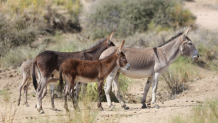
PVDR works with Death Valley National Park, closed due to damage from the remnants of Hurricane Hilary, on wild burro removal, and over the last five years, they have relocated 279 burros from the park, said Nichole Andler, the chief of interpretation and education at Death Valley National Park. The animals killed in July were shot with a caliber of ammunition that is “smaller than is typically used for hunting,” meaning that “the animals were not killed humanely and probably suffered before they succumbed to their injuries,” Andler said.
The NPS release went on to note that it's illegal to use a firearm in a national park, and animals feeding on the dead burros inadvertently ingest toxic lead from the bullet.
“Killing or disturbing the activities of animals in a national park are prohibited by the Federal Code of Regulations 36 C.F.R. § 2.2 (2023). Killing animals in a national park is a misdemeanor with a fine up to $500 or prison sentence not to exceed six months,” Andler later wrote in an email.
Since the investigation is ongoing, the park has not released many details about the case. Anyone with information about the incident is encouraged to call the National Park Service Tip at 888-653-0009.
A brief background on burros
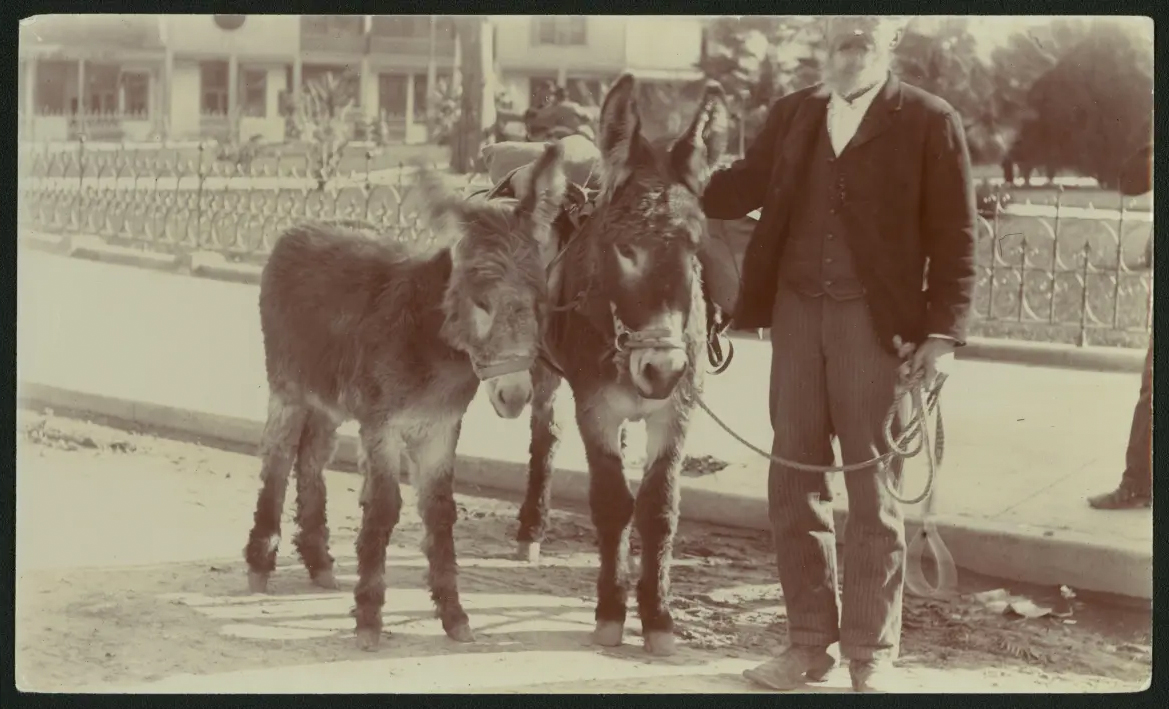
Fully grown burros are 44 inches tall and weigh about 500 pounds. They have greyish-brown fur, sloping backs and almond-shaped ears. Burros usually have dark manes that travel from the base of their thick necks and end in pointy sprouts on the top of their head.
They are the same kind of animal as donkeys, but they are smaller and have longer hair. Their name comes from the Spanish word for donkey, “burro.”
The ancestors of wild donkeys came from North Africa and the Arabian Peninsula, and European colonizers eventually brought the animals to North America to help with the conquest of different places. Burros have since been used for transportation and labor.
Wildlife biologist Dr. Talesha Karish is a self-proclaimed burro “enthusiast.” She has researched the animals’ habitat selection and water dependency, as well as methods of controlling their population size.
In California, donkeys are remembered for helping move miners and ores during the Gold Rush. Burros “helped galvanize California,” Karish said. “The Gold Rush wouldn’t have been possible without them.”
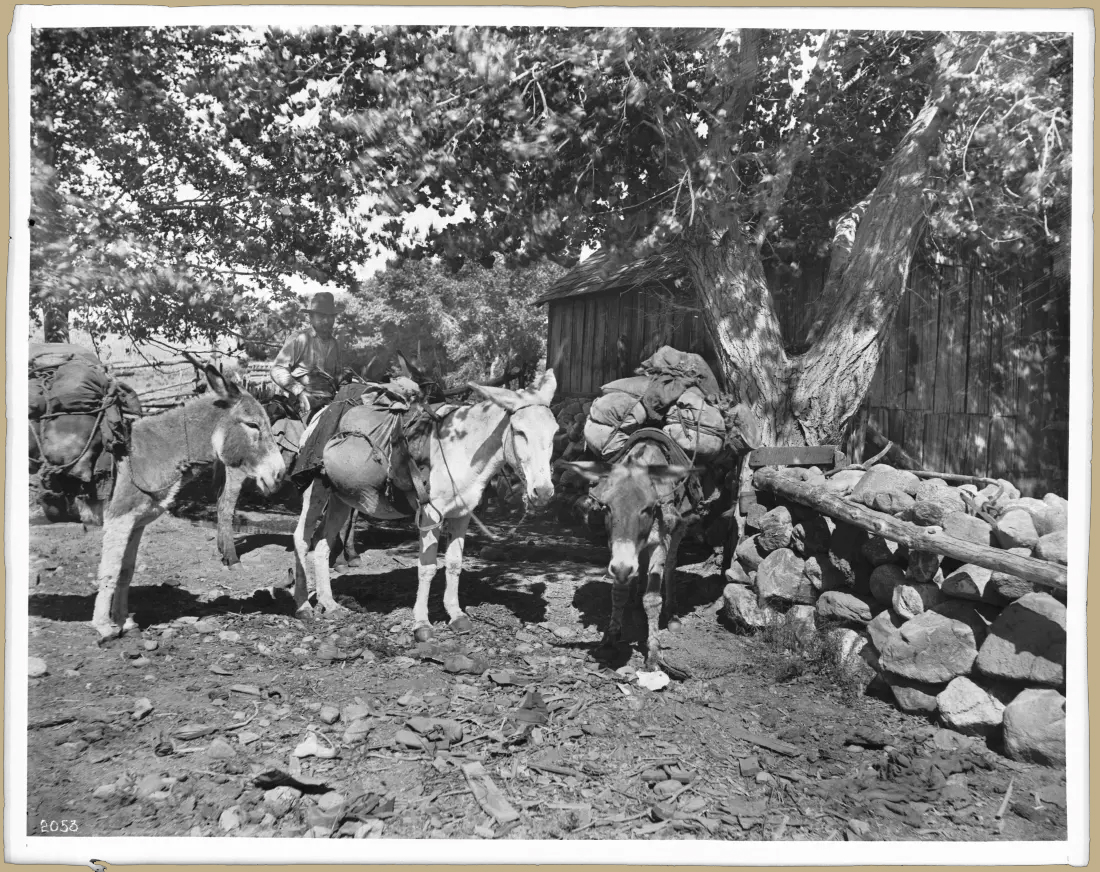
Karish said that though some burros escaped during the Gold Rush, many more appeared in the wild after people switched to motorized vehicles as their main form of transportation.
“Donkeys weren't as useful anymore, so people just started letting them go in the wild. While some died, others thrived,” she said, especially in environments where many animals cannot live because of harsh conditions.
This includes Death Valley, famously the driest location in North America and the hottest place on Earth, with a record high temperature in July reaching 134 degrees Fahrenheit.
What features help donkeys survive the desert?
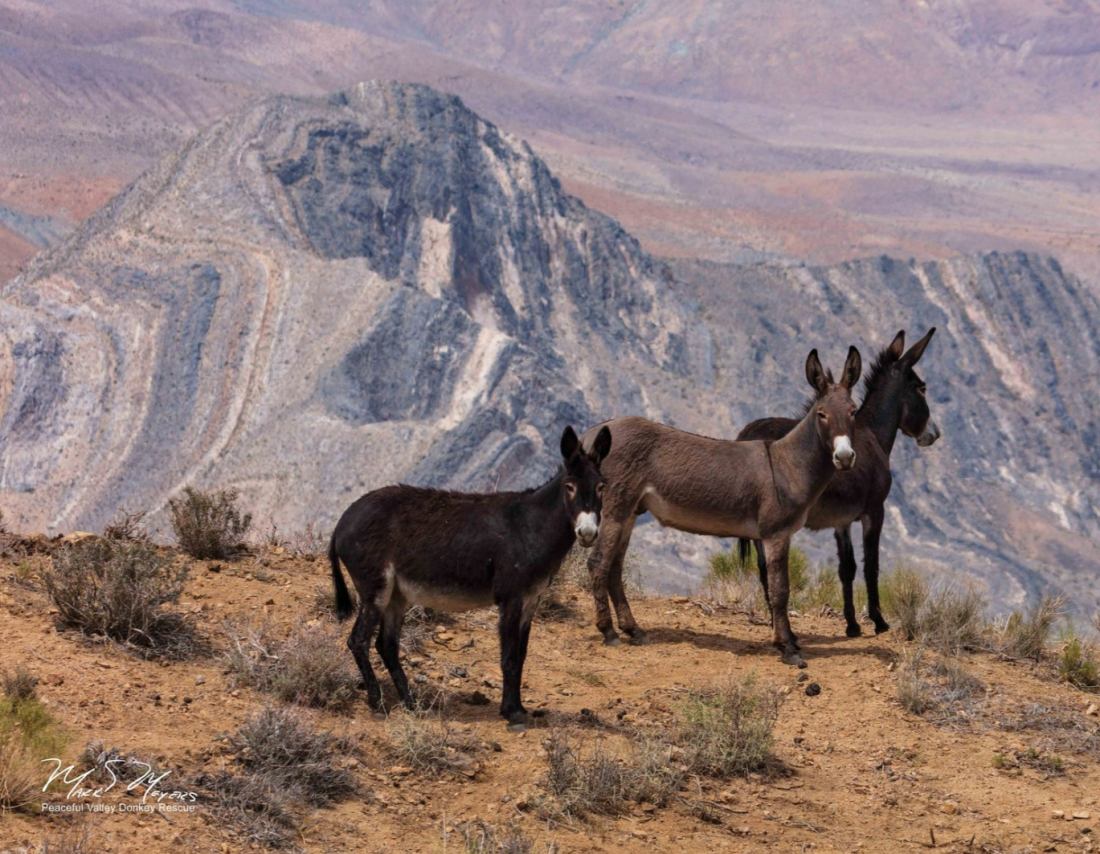
Burros can live in such a brutal environment because they “were bred for their durability, for their strength, and for their fearlessness,” Karish said.
They have special stomachs that allow them to digest desert plants that do not have many nutrients, but this means that they have to eat a lot of these plants, she said.
In Death Valley, burros eat 6,000 pounds of grass, shrubs, and other desert plants each year— roughly the weight of one pickup truck, four female giraffes, or 30 adult males.
The animals are able to hydrate themselves quickly, Karish said, which helps them survive in dry places.
Burros can go five days without water, allowing them to “graze great distances from water sources,” and “go from water source to water source as they graze,” said Meyers, of the Peaceful Valley Donkey Rescue.
Donkeys’ big ears have large veins, and when blood passes through them, “the desert breeze cools the blood,” Meyers said, adding that mule deer and jackrabbits have large ears for the same purpose.
How did burros go from being the “spirit of the West” to a contentious problem?
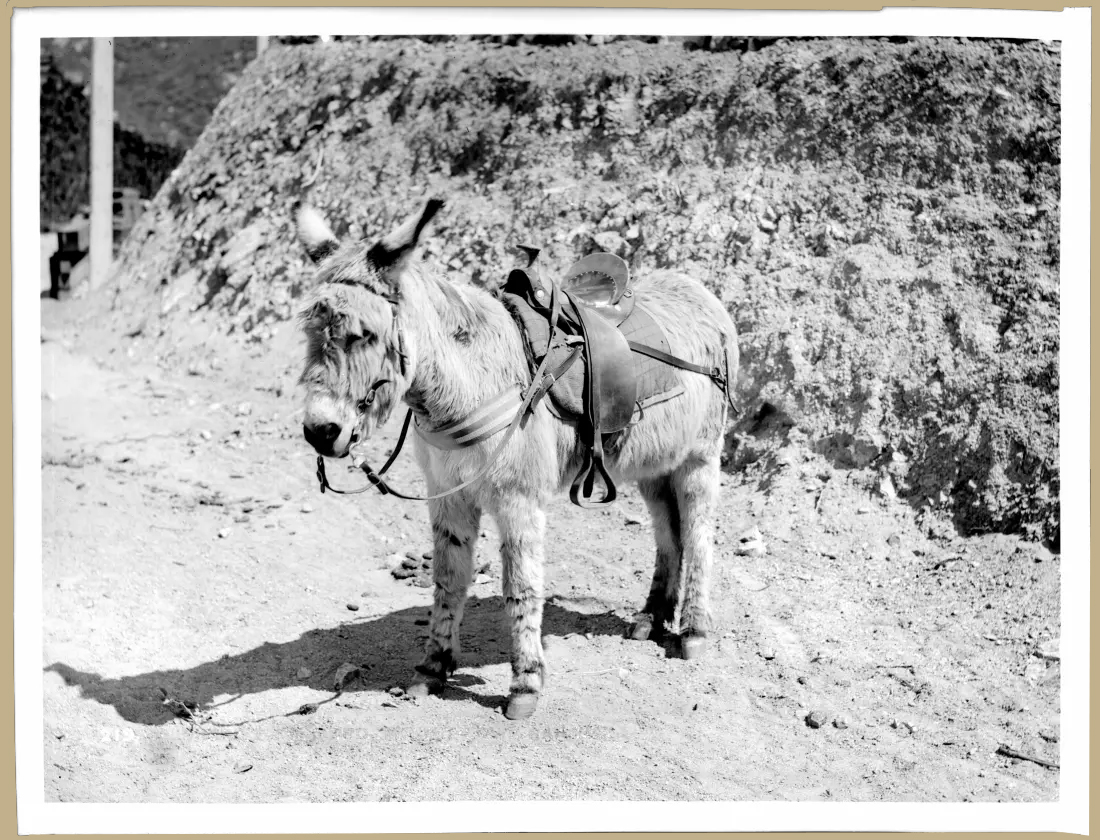
The Wild Free-Roaming Horses and Burros Act of 1971 outlined the protection, management and control of wild donkeys on public lands, while highlighting their significance to California and the rest of the country.
It states, “Congress finds and declares that wild free-roaming horses and burros are living symbols of the historic and pioneer spirit of the West; that they contribute to the diversity of life forms within the Nation and enrich the lives of the American people.”
Since the wild donkey population continues to grow at such a fast rate, they take away resources from native animals and can get in the way of humans while wandering to new places in search of food, shade, or water.
“They're programmed to constantly eat,” Meyers said.
Donkeys travel from the desert and into towns during the summer when the land is especially dry, Meyers explained.
“They cause traffic accidents. They're just a general nuisance.”
Meyers said that in the town of Fort Irwin, PVDR has set up donkey traps at the local baseball field and the Burger King parking lot. The donkeys also stall training drills at the fort because they like to stand in the shade of the targets, he said.
Donkeys have found shade at NASA’s Goldstone Deep Space Communications complex, under giant satellite dishes. Meyers said that the scientists get irritated because the donkeys get bored and start chewing on the cords.
He added that in the winter, the donkeys like to hang out by an airstrip that is used for army drones because it radiates heat.
At first, Meyers said, people would go shoo the donkeys away when a drone was ready to land, but after the donkeys learned no one would hurt them, people in groups of four had to lift them up and move them off the airstrip. Now, he said, they have built a fence to keep the donkeys out.
“They say they're stubborn. They're not. They're just really smart,” he said.
Though the donkeys may get in the way, Meyers said that they have been terribly mistreated.
“We see the most heinous things that people can do to animals,” Meyers said, citing instances of neglect and abuse. “We have to euthanize some of these animals because they come to us in such poor shape that we can't help them."
We have to euthanize some of these animals because they come to us in such poor shape that we can't help them.
Mark S. Meyers, executive director at Peaceful Valley Donkey Rescue

Solutions to the wild donkey dilemma
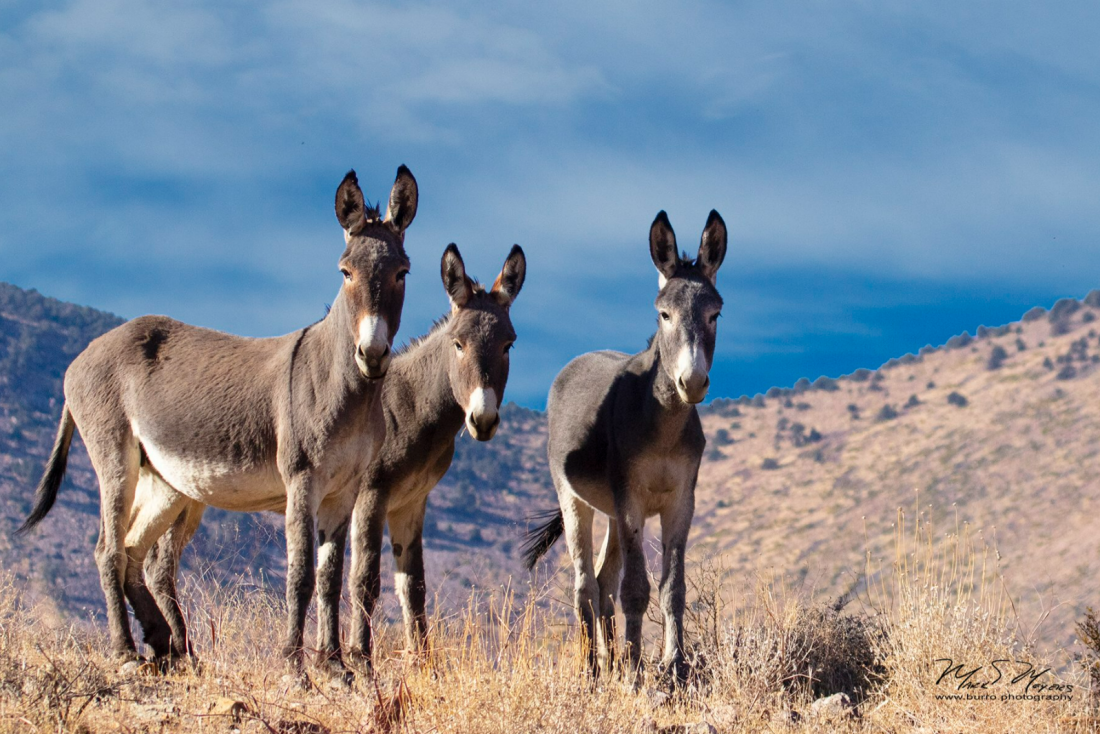
Currently, Death Valley National Park is putting fencing around certain areas, such as important springs that native animals use, to keep burros out, Andler said.
The park has worked with the Bureau of Land Management to herd, capture, and relocate burros using helicopters, and it has a memorandum of agreement with PVDR to take some of the donkeys as well.
Despite efforts to reduce the burro population, it was estimated that 4,000 of the animals were in the park in 2022.
Researchers have been experimenting with fertility control by using “a vaccine that only temporarily removes the burro’s ability to reproduce, but you got to keep giving it every single year,” Karish said.
In a population that is constantly moving and growing so quickly, “that's almost impossible,” she noted, “but I don't think rounding up and adopting is a long-term solution either because eventually, we're going to run out of people wanting to adopt burros.”
Though researchers, rangers, and donkey rescuers are still figuring out the best way to manage the burro population, they agree that the five burros found shot in Death Valley should not have died in the way they did, regardless of how people view them.
